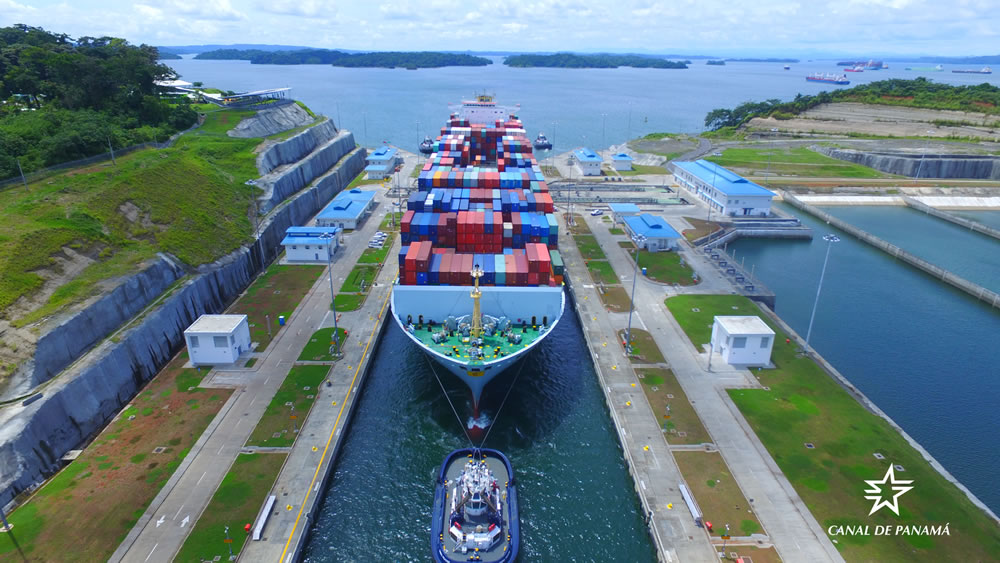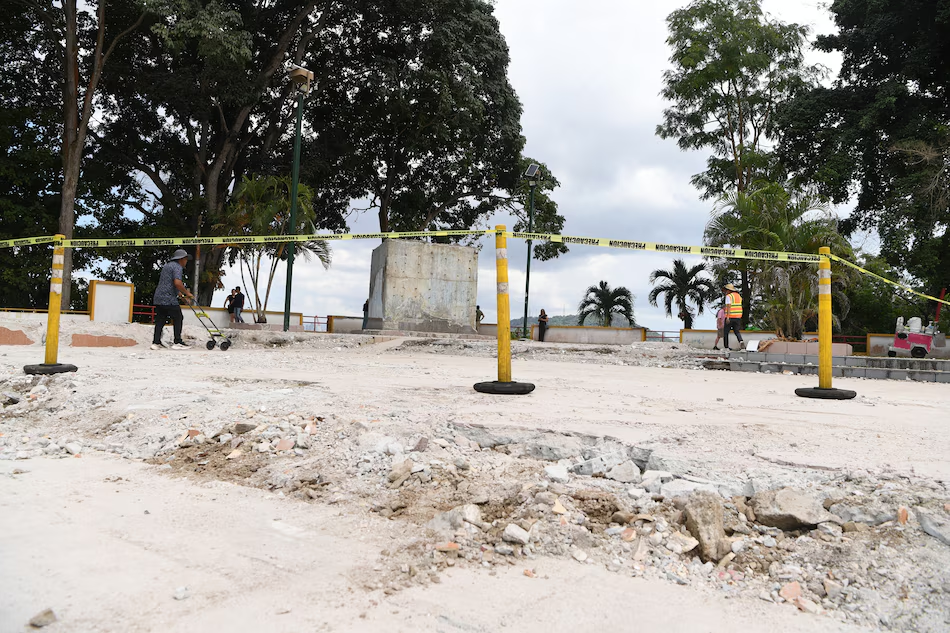Panama Papers raid revealed Siemens bribery links
A raid on the offices of now-defunct Mossack Fonseca (MF), in April 2016, uncovered documentation indicating that executives of the German transnational Siemens company lied to the judicial authorities in Munich about hidden undeclared funds, which allegedly were used to pay bribes in several countries including Panama.
In the style of Odebrecht, there was a “black box” through which funds went to a number of people with hidden bank accounts.
A report revealed a management structure created to move money from the German transnational, which would have served as a source for the Panamanian prosecutor’s office to request judicial assistance from the Munich Prosecutor’s Office.
The MP and the German prosecutor exchanged information that allowed the German authorities to reopen the Siemens case and the Panamanian prosecutor’s office to obtain new findings in the Mossack Fonseca (MF) case.
Agents identified the Panamanian bank accounts to which money transfers were made, which was later transformed into securities.
The characteristic of this phase of the investigation is that the detected transfers originated in the bank accounts in Munich, where the illicit money that belonged to the executives of Siemens was deposited.
The prosecution was able to corroborate with its counterparts in Munich that the money was transferred to Panama through the so-called black box.
The black box, as in the case of Odebrecht, is a mechanism used to manage the money that is not registered in the legal operations of the company.
On the purposes of maintaining these funds clandestinely, the executives of Siemens pointed out that there were many, among them, the payment of illicit commissions for the intermediaries of the transnational company in several countries, in exchange for contracts.
This information allowed the prosecutor’s office in Munich to reopen the investigation to Siemens executives and ordered that new statements be taken about the activities carried out in Panama through MF.
When the German authorities reopened the process against the executives of the German company, with the information delivered by Panama, they reached judicial agreements and recognized the existence of ill-gotten funds reports La Prensa
Then, the Munich prosecutor’s office responded to the judicial assistance to Panama, which revealed the traceability of the financial movement and the Panamanian prosecutor’s office obtained new evidence for the MF case.
The members of the firm identified are Dirk Brauer, Ramses Owen, Edison Teano, Egber Wethenbourne and Néstor Broce, who made transfers to MF. Brauer, a German national, who confessed that he knew the illicit origin of money.
The owners and founders of the extinct law firm, Ramón Fonseca Mora and Jurgüen Mossack, allegedly received 5% of each bank transfer.
The prosecution has a document found in the MF search that reveals that the firm would have received $40,000 for each bank transfer related to Siemens.
The money received would have been deposited in accounts in Singapore, Switzerland, and Panama. In addition, with the now-defunct Financial Pacific, investment accounts were allegedly created and then, converted into securities. According to the inquiries, it was then under the management of Dirk Brauer and with the technical assistance of Sabrina de Ramos, the technical manager of Mossack Fonseca Asset Management (Mamsa), who would have provided advice for the discretionary management of this client’s funds.





